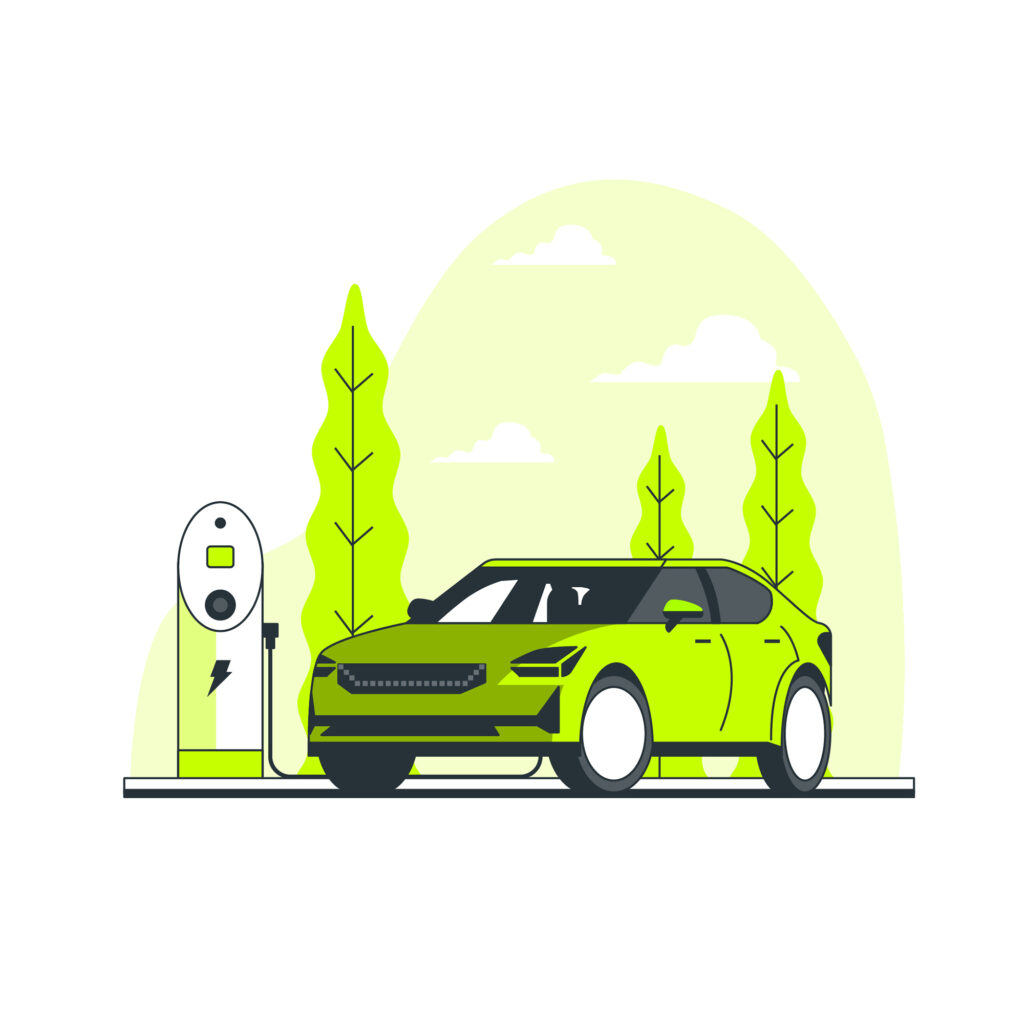Ola Electric expands service network amid rising demand
Ola Electric expanded its service network by 30%, adding over 50 centers and 500 technicians to address growing demand and service backlogs, amid public scrutiny and stock price declines.

Ola Electric, the nation’s largest e-scooter manufacturer, found itself at a crossroads. With demand soaring, the company faced mounting consumer complaints and service backlogs at its centers. Determined to enhance its after-sales support, Ola embarked on a significant expansion of its service network. Over the past few months, it increased its service centers by more than 30%, adding over 50 new locations and enlisting more than 500 technicians to address the growing needs of its customers.
This move came in response to a series of challenges that had surfaced as demand outstripped available resources. The Softbank-backed company, which held a commanding 30% share of India’s e-scooter market, understood that it needed to act swiftly to maintain its reputation. To navigate the complexities of its service operations, Ola Electric sought the expertise of consulting giant Ernst & Young, aiming to overhaul its processes, improve efficiency, and ultimately enhance the customer experience.
According to a senior company executive, the recent expansion was not just about adding numbers. “The company has silently been gathering all forces to overcome its service backlog,” he explained. Already, Ola had cleared approximately two-thirds of its service backlog, with plans to resolve the remaining issues in the coming weeks.
However, the path forward was not without obstacles. Ola Electric faced public scrutiny over its service quality, ignited by a social media spat between founder and CEO Bhavish Aggarwal and stand-up comedian Kunal Kamra. Kamra had posted a photo on X, showcasing neglected Ola scooters outside a service center, sparking a wave of criticism. Aggarwal countered, suggesting that Kamra’s remarks were financially motivated, and provocatively invited the comedian to come help the company, offering a payment greater than what Kamra had supposedly earned for his post.
This public exchange had tangible repercussions, leading to a notable drop in Ola Electric’s stock price, which fell by 9.4% to ₹89.7 on the Bombay Stock Exchange. By October 30, shares were trading below ₹80, reflecting investor concerns amid rising dissatisfaction.
The situation drew further scrutiny when the Central Consumer Protection Authority (CCPA) issued a show-cause notice to Ola earlier in October, prompted by over 10,000 complaints lodged with the National Consumer Helpline, predominantly regarding after-sales service. In response, Ola Electric maintained that 99.1% of these complaints had been resolved to customer satisfaction. Nevertheless, the CCPA initiated its own investigation, reaching out to customers for feedback to ensure that the company’s claims held true.
Amidst this turmoil, HSBC Global Research offered a glimmer of hope by maintaining a ‘buy’ rating on Ola Electric, setting a target price of ₹110 per share. The firm’s recent inspections of the company’s service centers noted improvements in service levels and a significant reduction in backlogs, which had reportedly decreased by 20-30% month-over-month.
As Ola Electric navigated these challenges, the company remained focused on restoring customer trust and ensuring that its service network could keep pace with the electrifying growth of India’s e-scooter market.

